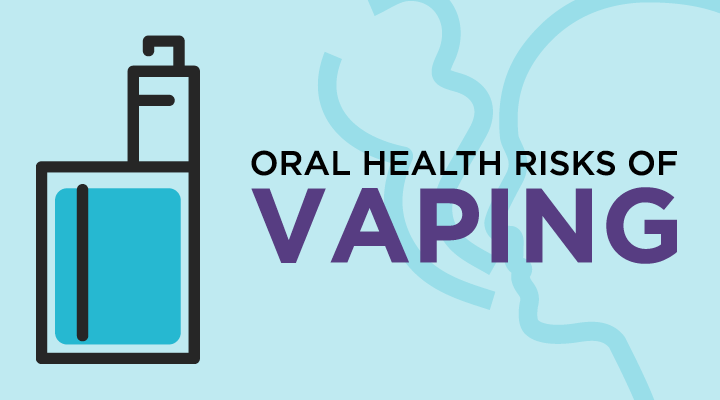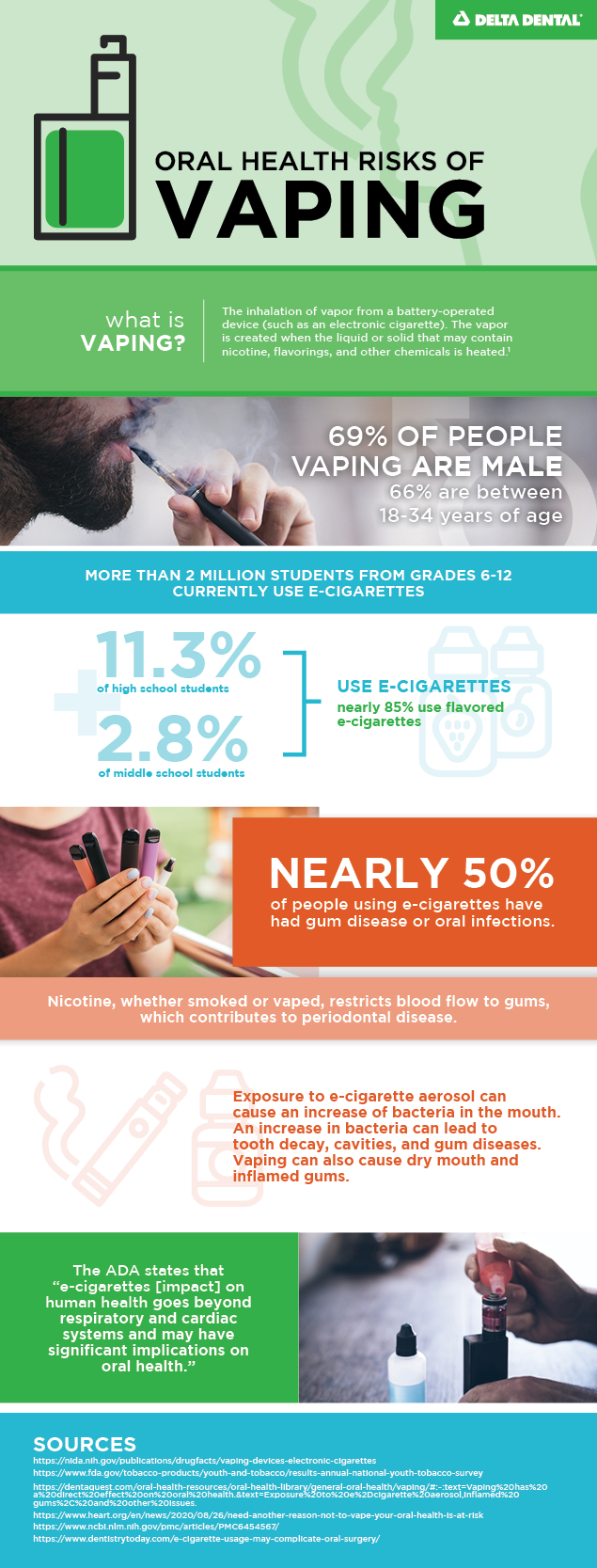
What is vaping?
Vaping is a popular term for smoking an electronic cigarette (e-cigarette) or other vaping device. These devices work by heating up liquid that may contain nicotine, flavorings, and other chemicals stored in a cartridge. This liquid turns into vapor once it is heated and can then be inhaled by the user. Although many people consider vaping better than smoking a traditional cigarette, the CDC warns they can contain “harmful substances, including nicotine, heavy metals like lead, volatile organic compounds, and cancer-causing agents”.
Young adults are more likely to vape
Studies have found that people who tend to vape are young adults or even children in some cases. In fact, a survey by the CDC found that in 2021 approximately 1.72 million high school students and 320,000 middle school students were using e-cigarettes.
Other vaping statistics
- 69% of people vaping are male, and two-thirds are ages 18 to 34.
- Almost a quarter of people who use “vapes” are between 18 and 21.
- Roughly 1 in every 20 Americans use vaping devices, and 1 in 3 users vape daily.
- Young people ages 15 to 17 are 16 times more likely to vape than people aged 25 to 34.

[Alt text: The use of an e-cigarette is often called “vaping,” but “vaping” can also refer to a marijuana vaporizer pen. Check out this infographic to learn how it damages both our oral and overall health.]
Effects of vaping on oral health
The CDC is still studying the effects of vaping and how it can cause harm to not only oral health, but overall health. New studies have found vaping can cause gum disease, inflammation, loose teeth, cavities, mouth ulcers, and dry mouth. Additional health problems caused by vaping include damage to both the heart and lungs. However, the true extent of negative side-effects of vaping likely won’t be known for many years.
If you or someone you love has used an e-cigarette or other form of vaporizer and is experiencing:
- Cough, shortness of breath, or chest pain
- Nausea, vomiting, or diarrhea
- Fatigue, fever, or abdominal pain
The CDC recommends discussing these symptoms with a healthcare provider.
Click here to learn more about how smoking impacts our oral health.
Click here for more information on smoking and oral health.

